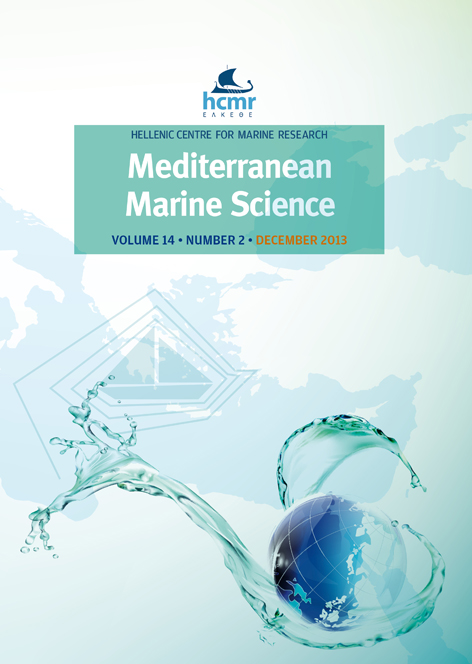Records of Polydora cornuta and Streblospio gynobranchiata (Annelida, Spionidae) from the Black Sea
Résumé
Two spionid polychaetes, Polydora cornuta and Streblospio gynobranchiata, were identified in benthic samples collected in the northern Black Sea and adjacent waters. These species have earlier been classified as the worst invaders in soft bottom communities in the Mediterranean Sea. Polydora cornuta had been previously misidentified and widely reported from the Black Sea and the Sea of Azov as P. ciliata, P. ciliata limicola and P. limicola. Streblospio gynobranchiata is a new invader currently extending its distribution into the Mediterranean, Black and Caspian Seas. Morphology, diagnostic characters and biology of the species are discussed and the history of their records in the Mediterranean, Black and Caspian Seas and the Sea of Azov is reviewed.
Article Details
- Comment citer
-
RADASHEVSKY, V., & SELIFONOVA, Z. (2013). Records of Polydora cornuta and Streblospio gynobranchiata (Annelida, Spionidae) from the Black Sea. Mediterranean Marine Science, 14(2), 261–269. https://doi.org/10.12681/mms.415
- Numéro
- Vol 14, No 2 (2013)
- Rubrique
- Research Article
Authors who publish with this journal agree to the following terms:
- Authors retain copyright and grant the journal right of first publication with the work simultaneously licensed under a Creative Commons Attribution Non-Commercial License that allows others to share the work with an acknowledgement of the work's authorship and initial publication in this journal.
- Authors are able to enter into separate, additional contractual arrangements for the non-exclusive distribution of the journal's published version of the work (e.g. post it to an institutional repository or publish it in a book), with an acknowledgement of its initial publication in this journal.
- Authors are permitted and encouraged to post their work online (preferably in institutional repositories or on their website) prior to and during the submission process, as it can lead to productive exchanges, as well as earlier and greater citation of published work (See The Effect of Open Access).





